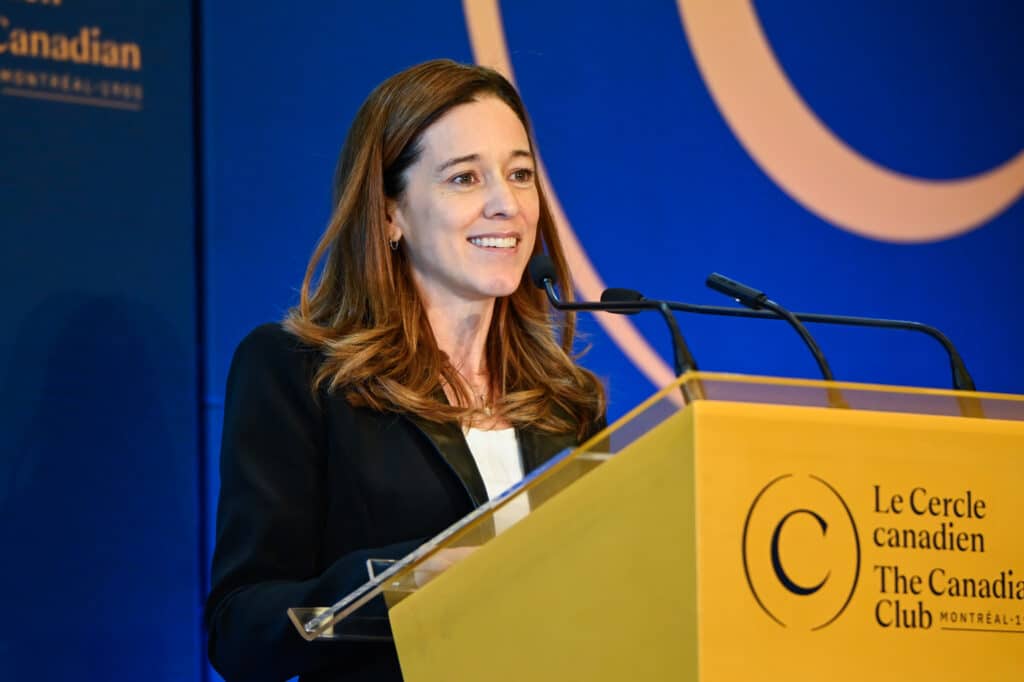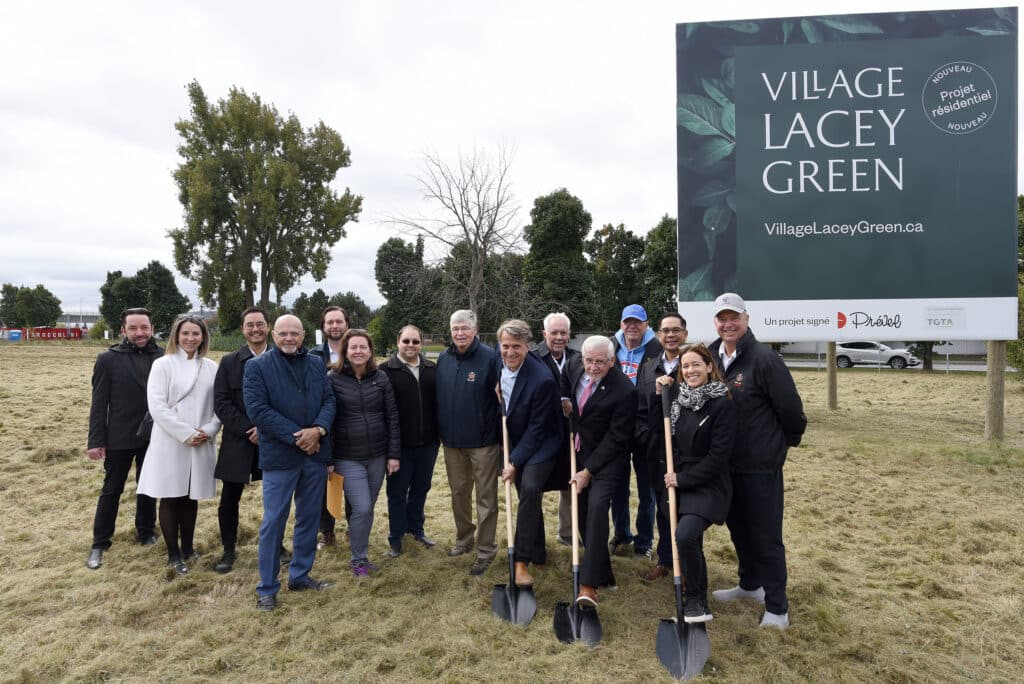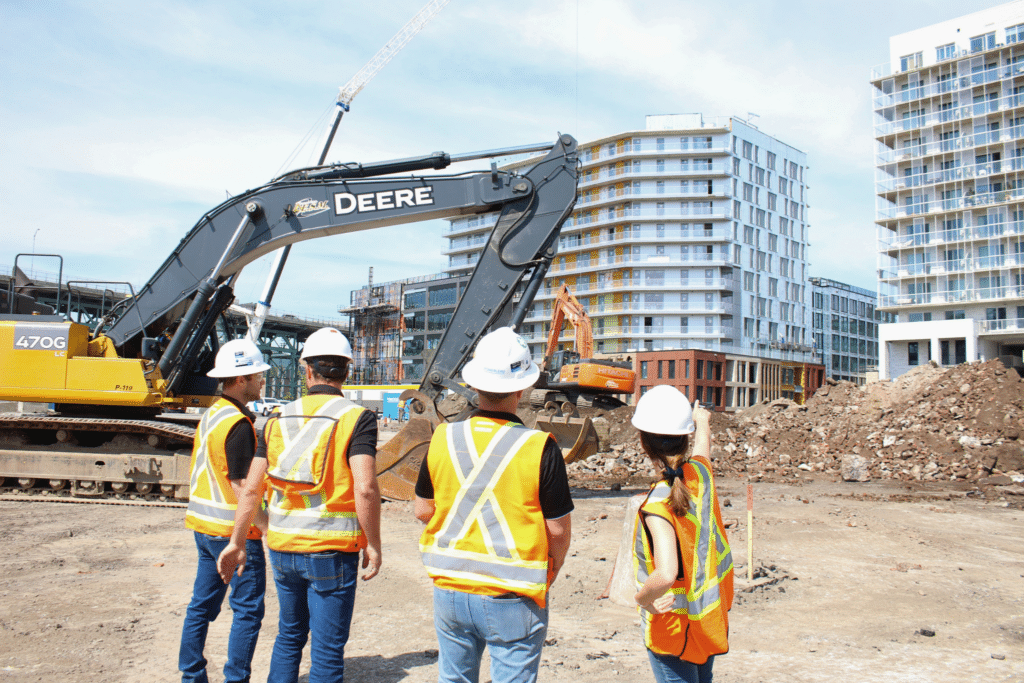This past February 2nd, our condo project, Bassins du Havre, was awarded LEED® Certification! Our teams are delighted to see that their efforts to ensure a sustainable integration of the project in its environment have paid off!
But what exactly is LEED®? What are the benefits? Marie Desnoyers, the architect responsible for getting Pier 1 of Bassins du Havre certified, has kindly answered our questions in order to shed light on this great achievement!

What is LEED® certification?
LEED® is a system that evaluates a building’s environmental performance and impact throughout its life cycle. The building’s sustainability is the core of this system, from design through construction and operation.
Five environmental categories are evaluated:
-
Sustainable Sites
-
Effective water management
-
Energy and atmosphere
-
Materials and Resources
-
Indoor Environmental Quality
To obtain certification, a building (new construction) must meet several criteria and requirements in each of these categories.
“Teams are delighted to see that their efforts to integrate the project sustainably into the surrounding environment have paid off!”
What are the benefits?
For owners, it means added value. LEED® certification is an undeniable assurance of quality construction materials and building performance, precisely because it has been thoroughly inspected by a third party who has no incentive to give a building false accreditation. It also means an average 31% reduction in energy costs. Maintenance costs are lower and according to a study in the United States, LEED® certified residences sell for 8% more on the market than their traditional non-certified counterparts.
In addition, LEED® buildings offer better air quality thanks to optimized ventilation, highly efficient air filters, as well as a reduction of harmful substances in certain materials (paint, coatings, adhesives, etc.). Individual rooms are more comfortable thanks to a heat recovery system, and an abundance of windows provides a lot more natural light.
For the developer, it means offering a sustainably developed project that is considerate of its surrounding environment and develops accordingly. With that also comes energy efficiency and lower costs.
For the planet, LEED® certified buildings means lower ecological footprints and reduced energy and water consumption thanks to highly energy efficient mechanical and electrical equipment and low-flow plumbing fixtures. These buildings also reduce urban heat pockets thanks to non-reflective roof covering materials and rooftop landscaping.
Who is this aimed at?
It’s aimed at builders, architects, engineers, contractors and owners. In other words, anyone and everyone in construction wishing to reduce their projects environmental impact.
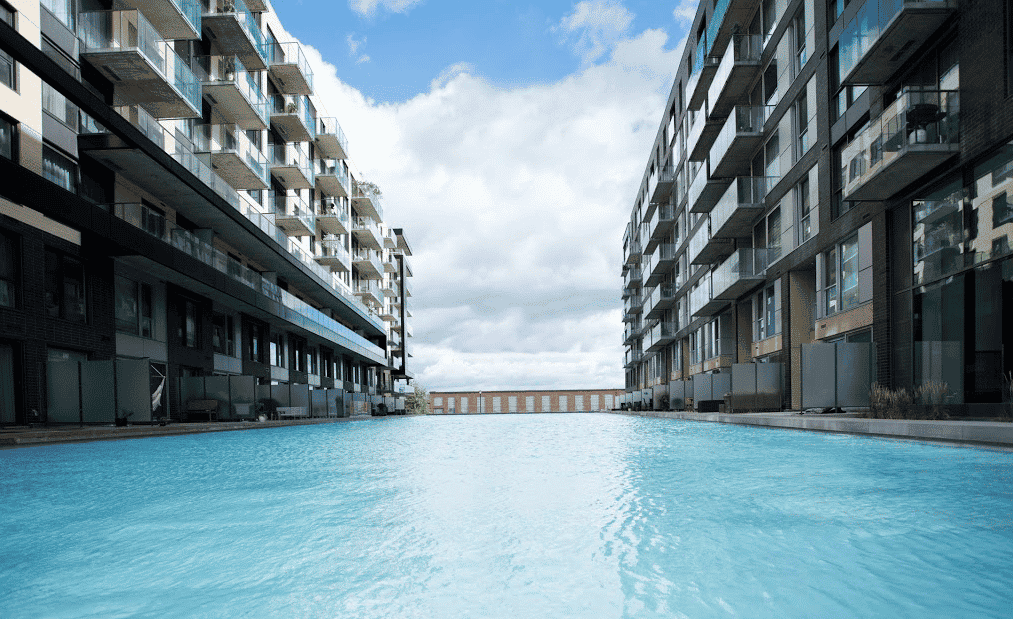
y reducing, among other things, water consumption.
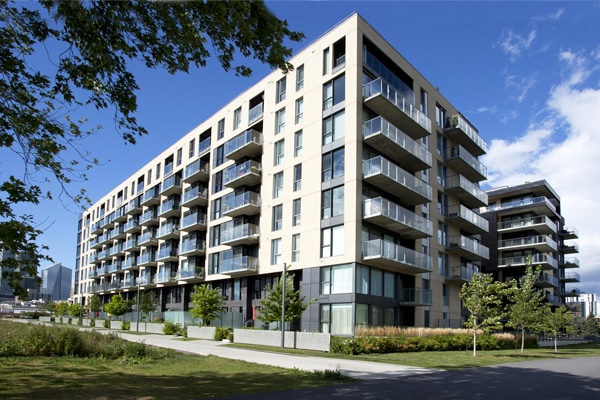
Which organizations are responsible for accreditation?
Responsible organizations include the Canada Green Building Council (CaGBC), which is a national non-profit organization working for environmental sustainability, and the USGBC, its US equivalent.
“LEED® certification is an undeniable assurance of quality construction materials and building performance, precisely because it has been thoroughly inspected by a third party”.
What do we need to do to get certified?
“First, you must register the project for certification. Registration allows you to file requests from the CaGBC experts to clarify certain terms of the reference guide. Once your file is in the system, the project is subjected to a series of examinations.”
To ensure proper documentation for certification, you must set up a monitoring committee that will coordinate all activities, from professionals and the entrepreneur, as well as collecting all relevant documents throughout the project development, from design to delivery. An initial examination by a CaGBC professional provides feedback to help developers improve the documentation. Once the final exam is passed, the CaGBC auditor sends confirmation of certification, first to the Monitoring Committee and then to all concerned. Upon receipt of a completed form by the owner, the CaGBC presents them with a plaque and certificates.
Teams are delighted to see that their efforts to integrate the project sustainably into the surrounding environment have paid off!
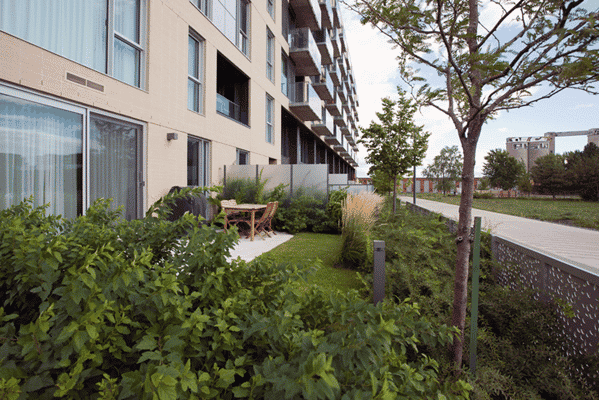
Why did we aim for certification with Bassins du Havre?
Prevel and Rachel Julien wanted to put standards in place that would achieve the environmental requirements of the Canada Lands Company while also improving the experience of future residents.
What have we implemented at Bassins du Havre to get it?
We have set up a monitoring committee to follow up throughout the project, from design to site supervision.
“LEED® certified buildings have lower ecological footprints and reduced energy and water consumption thanks to highly energy efficient mechanical and electrical equipment and low-flow plumbing fixtures.”
How did we do it? What were the challenges?
It was first necessary that we identify achievable credits and put strategies in place to achieve our certification objective. Thereafter, we had to find people who would be responsible for the development of these strategies and the proper documentation to be submitted for each aspect.
Overall, how would you describe the certification process experience?
The coordination of work proved quite difficult due to the fact that we were seeking a project and site certification. In this case, site certification is to facilitate the eventual certification of three future phases of the project. We made great achievements together that we can all be proud of.
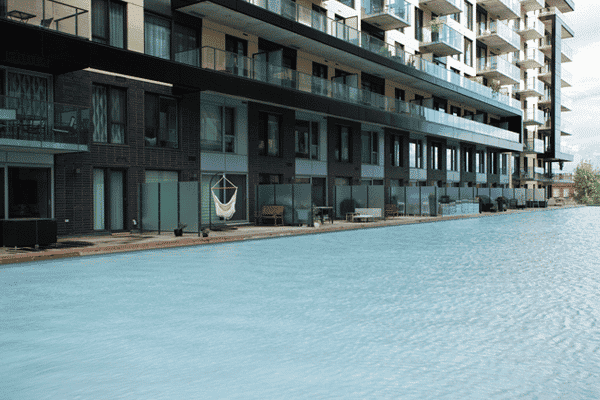
into the surrounding environment have paid off!”
Find more here about Bassins du Havre.

